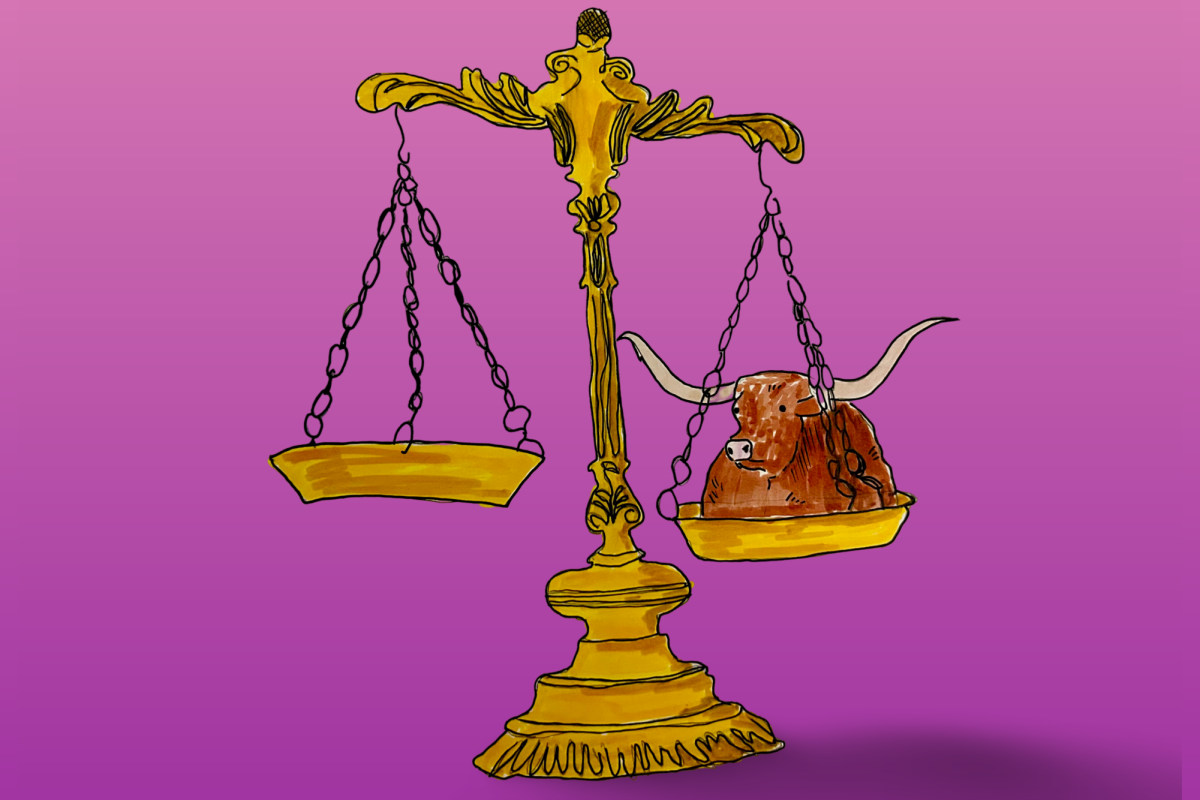More women than men are graduating college, yet women are still discriminated against economically. Women often earn less than men who work in the same profession, especially if they are of a different race. This hits uncomfortably close to home, with full-time UT female professors earning an average of $50,000 less than their male counterparts, according to data gathered by KXAN in 2014.
Pay inequality affects women in nearly all professions. Jennifer Lawrence discussed this injustice in an essay for Lena Dunham’s newsletter, Lenny Letter. Lawrence — the world’s highest paid actress in 2015 — discovered through the Sony hacks that her male costars made substantially more than she did for “American Hustle,” in which she held a major role.
Lawrence wrote that she’s considered negotiating her pay but feared being called a brat by her producers, which she said happened to another lead actress who was in the same situation. Lawrence attributed this to the societal expectation that women stay soft-spoken and accepting, rather than confrontational.
Mary Beltrán, radio, television, and film associate professor, said this inequity is rooted in the archaic Hollywood idea that people overseas will only pay to see white male actors. She added that the earnings gap is deeply ingrained in Hollywood culture.
“It is quite a complex system that contributes to the inequality of salaries,” Beltrán said. “I think people are surprised at the gender inequalities that are still there, because often they see white men and white women working side-by-side in the same jobs and often with the same class background.”
Lawrence’s cause is one worth fighting for, but given her mass appeal and notoriety, her argument needs to be intersectional. Feminism fails if it is not inclusive of race, as well. It must cover all bases of inequality. Latina women earn on average 54 percent of what a white man earns, and African-American women earn 63 percent.
RTF professor Curran Nault, artistic director and board president of the OUTsider Film Festival, said in an email that he appreciates Lawrence speaking out about the topic, but wishes she would have included other discriminatory factors in the conversation.
“Wage inequality is an even more startling reality for women of color, to take a key example,” Nault said. “As such, we need to think about race, ethnicity, class, sexuality, ability and other markers of difference when we are addressing this issue—and not just gender.”
Pay inequality is a shocking aspect of American society. In a country so developed and diverse, you would expect this issue to have been solved years ago. Further progress is inhibited without equal pay for all.
Vernon is a PACE freshman from Houston. Follow her on Twitter @_emilyvernon_.


















